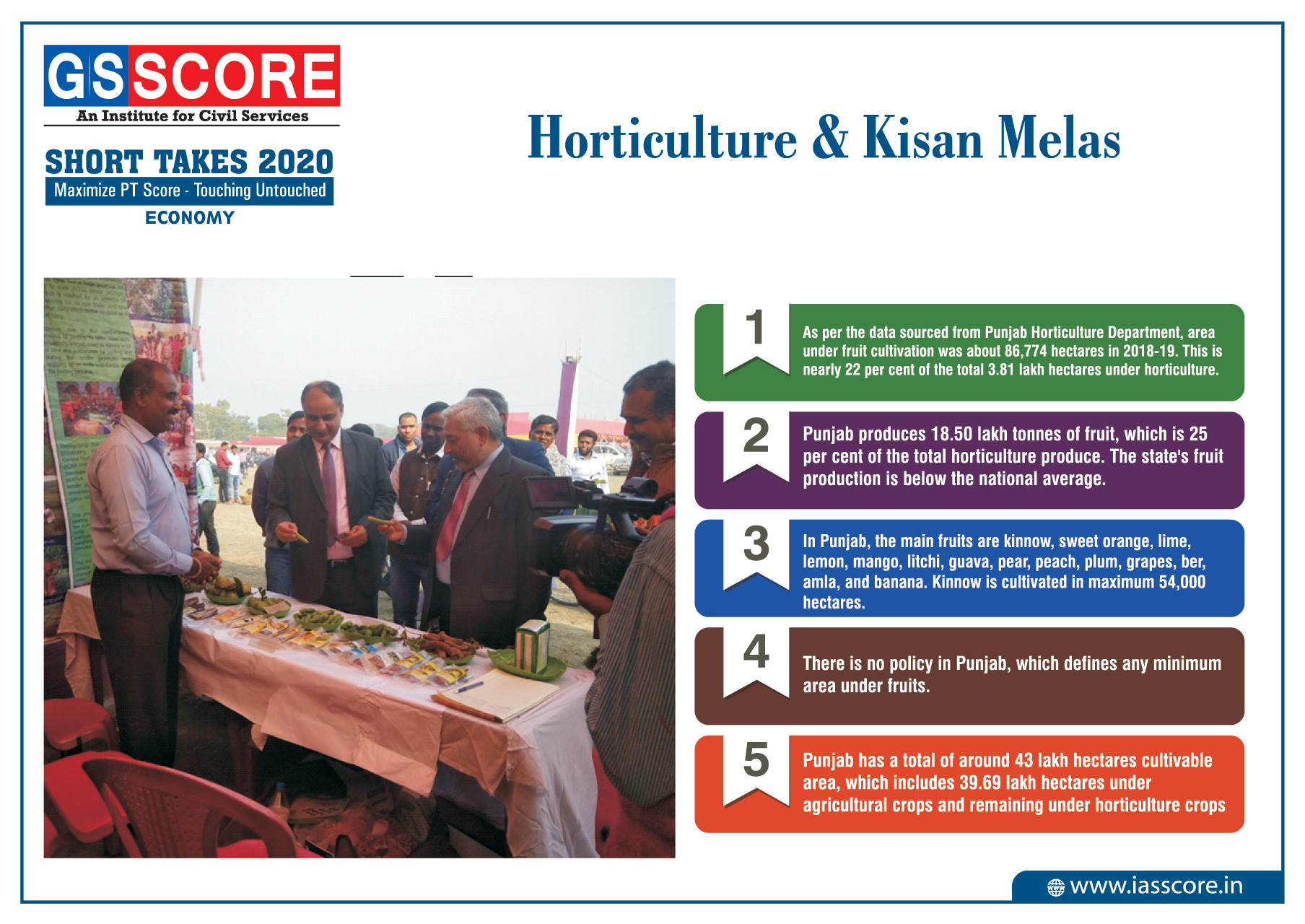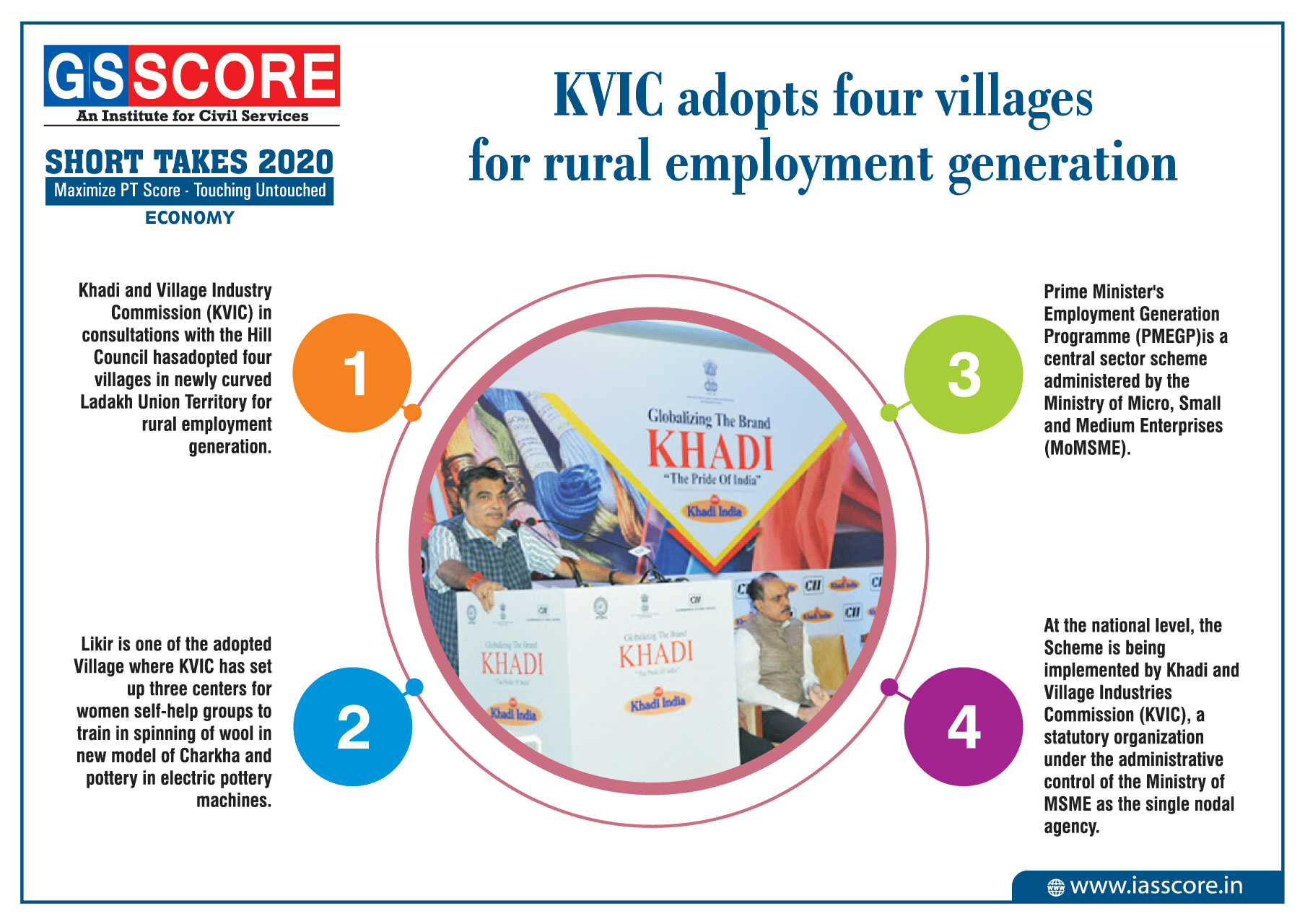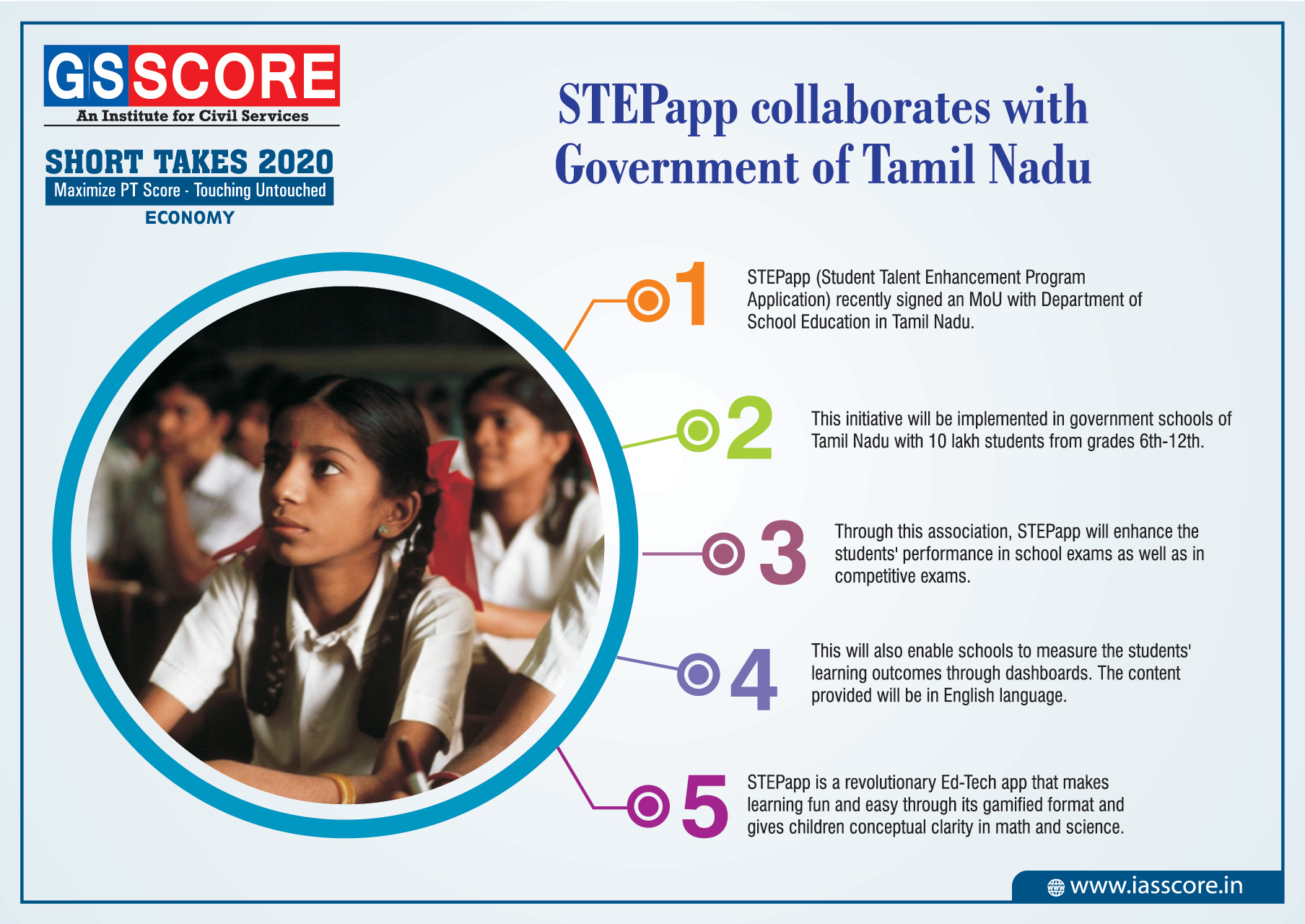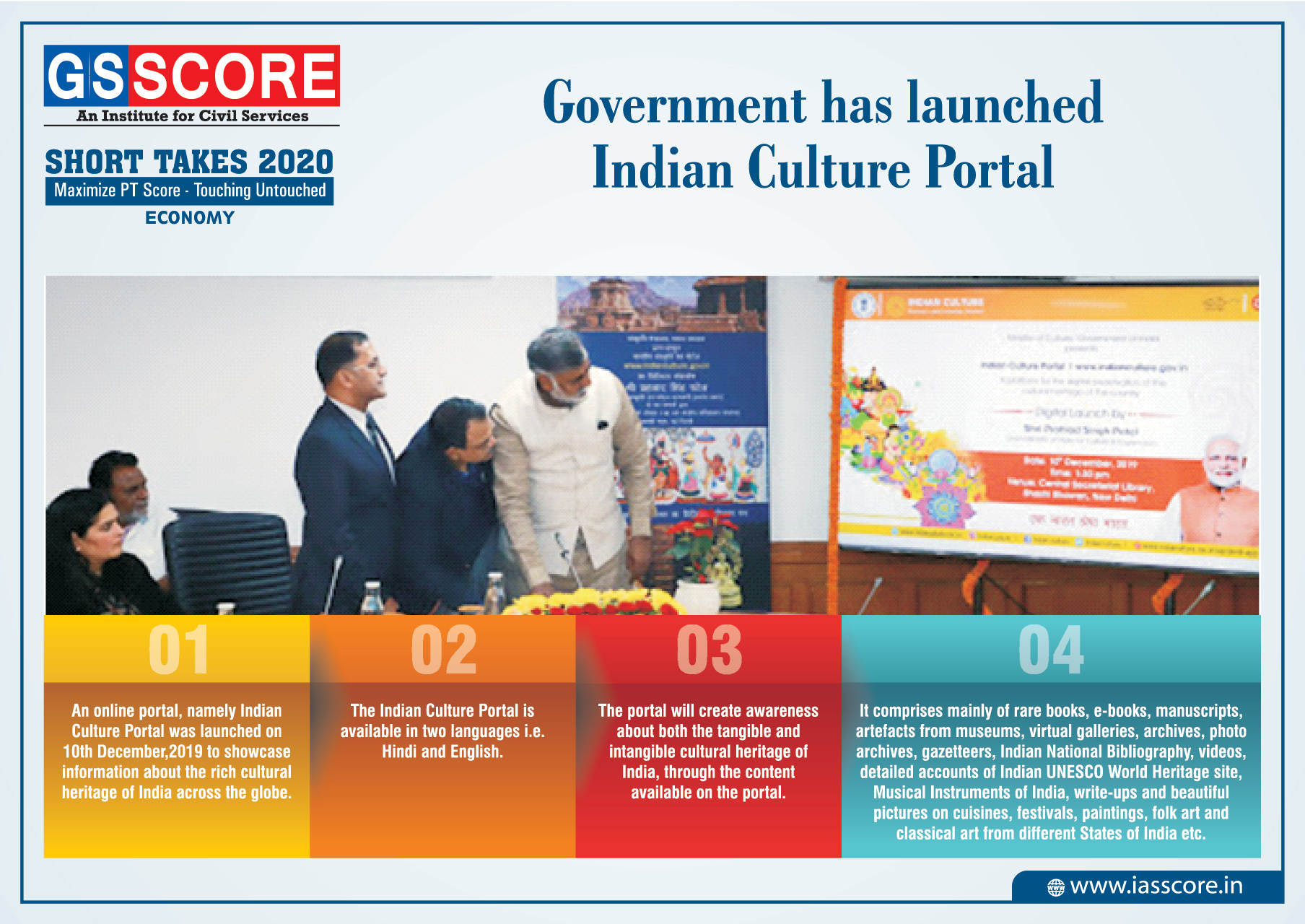Social Schemes: Ministry of Agriculture and Farmers Welfare
‘Angikaar campaign'
Context
HUA launches 'Angikaar campaign', to bring PMAY(U) beneficiaries into Ujjawala, Ayushman Bharat fold
About
- The Union Housing and Urban Affairs Ministry launched the 'Angikaar campaign', a move aimed at bringing beneficiaries of PMAY (urban) into the fold of other central schemes such as Ujjawala and Ayushman Bharat.
- HUA Secretary Durga Shanker Mishra said the campaign will officially be rolled out in all cities with PMAY(U) on October 2 commemorating 150th Gandhi Jayanti culminate on the occasion of Human Rights Day December 10.
PMAY(U) :
Launched by the Ministry of Housing and Urban Poverty Alleviation (MoHUPA), in Mission mode envisions provision of Housing for All by 2022, when the Nation completes 75 years of its Independence.
“angikaar” a campaign for change management
- Union Housing and Urban Affairs Minister Hardeep Singh Puri said the convergence would especially focus on Ujjwala for gas connection and Ayushman Bharat for health insurance to the beneficiaries of Pradhan Mantri Awas Yojana(U).
- According to the ministry, around 88 lakh houses have so far been approved against the demand of 1.12 crore.
- The 'Angikaar' aims at reaching out all the beneficiaries of the PMAY(U) in a phased manner.
More on the topic:
- The project includes mass awareness programmes as well as volunteers visiting the homes of the PMAY (U) beneficiaries to have them enrolled into Ujjwala scheme, for LPG connections, Ayushman Bharat health cards and Ujala, for LED lights.
- The campaign would include issues pertaining to cohesive community living, water and energy conservation, sustainable practices, rain water harvesting, tree plantation and convergence of different government programmes/schemes leading to clean, green and safe living environment.
- Various IEC activities for the campaign are being prepared for proposed launch. While completion of 3 Lakh houses to beneficiaries has been planned, so far over 1 lakh houses have been completed and almost all of them delivered.
‘One Nation One Ration Card Scheme’
Context
One nation one ration card scheme was launched on a pilot basis in four states- Gujarat, Maharashtra, Telangana and Andhra Pradesh.
‘One Nation One Ration Card’ scheme
- Launched by Ministry of Consumer Affairs, Food and Public Distribution.
- It will be available across the country from July 1, 2020.
- The main objective is to introduce nation-wide portability of ration card holders under National Food Security Act, 2013 (NFSA)
- It will allow portability of food security benefitse. to lift their entitlement food grains from any Fair Price Shop in the country
- This means poor migrant workers will be able to buy subsidised rice and wheat from any ration shop in the country, so long as their ration cards are linked to Aadhaar.
- It would integrate the existing PDS systems/portals of States/UTs with the Central systems/portals.
National Food Security Act, 2013 (NFSA)
The National Food Security Act, 2013 was enacted to provide for food and nutritional security in human life cycle approach, by ensuring access to adequate quantity of quality food at affordable prices to people to live a life with dignity.
- It provides for coverage of up to 75% of the rural population and up to 50% of the urban population for receiving subsidized food grains under Targeted Public Distribution System (TPDS).
- The eligible persons will be entitled to receive 5 kgs of food grains per person per month at subsidized prices of Rs. 3/2/1 per Kg for rice/wheat/coarse grains.
- To ensure the food security of poorest of poor, the existing Antyodaya Anna Yojana (AAY) households will continue to receive 35 Kgs of foodgrains per household per month.
- Pregnant women and lactating mothers are entitled to a nutritious "take home ration" of 600 Calories, 18-20 grams of protein and a maternity benefit of at least Rs 6,000 for six months.
- The eldest women of the household of age 18 years or above will be the head of the household for the purpose of issuing ration cards.
- Children 6 months to 14 years of age are to receive free hot meals or "take home rations".
- States are the implementing agencies and the Central Government will be responsible to provide funds to states in case of short supplies of food grains.
Universal Public Distribution System (PDS)
Universal Public Distribution System (PDS) was introduced in India in 1965 to improve the health conditions and provide food grains to common people at affordable prices. It served the aim of
- Maintaining stability in the prices of essential commodities across regions
- Keeping a check on private trade, hoarding and black-marketing.
Targeted PDS (TPDS)
- The PDS was converted into Targeted PDS (TPDS) in 1997
- It classified population into Above Poverty Line (APL) and Below Poverty Line (BPL)
- Only those households classified as BPL were made eligible for subsidized purchase of commodities from the ration shops.
But the poorest of poor, Antyodaya Anna Yojana (AAY) households will continue to receive 35 Kgs of foodgrains per household per month.
Atal Community Innovation Centre (ACIC) Program
Context
Recently, the Atal Community Innovation Centre (ACIC) program was launched by Atal Innovation Mission (AIM) to foster innovation in India.
About
- The programme is aimed at spurring community innovation in underserved and un-served areas of the country. The significance of innovation can be understood by the fact that through innovation India can become a USD 5 trillion economy by 2024-25.
- ACIC can serve as the bridge between the knowledge base existing in communities and the advanced technical ecosystem prevalent in the market base, addressing the needs of society.
Importance of ACIC:
- India is set to become the largest consumer of fossil fuel in the next 15 years. Hence, there is a dire need to reduce India’s crude oil import bill which is pegged at Rs 6 lakh crore per annum. This program can come up with innovative methods like waste to wealth, which will help India in reducing its fossil fuel import bill.
- The program can be connected to every Panchayati Raj Institutions to help innovators at grassroots level become part of the policy framework and leverage their creativity to translate their products and services into innovation led commercial utilization for society.
- The program can play a major role towards establishing India as Innovation and Technology led Start-up nation and improve the ranking of India in Global Innovation Index.
Ministry of Agriculture and Farmer’s Welfare
Important Schemes
- Pradhan Mantri KIsan SAmman Nidhi (PM-KISAN)
Objective
- With a view to augment the income of the Small and Marginal Farmers (SMFs), the
Government has launched a new Central Sector Scheme, namely, “Pradhan Mantri
KIsan SAmman Nidhi (PM-KISAN)” in the current financial year.
- The PM-KISAN scheme aims to supplement the financial needs of the SMFs in procuring various inputs to ensure proper crop health and appropriate yields, commensurate with the anticipated farm income at the end of the each crop cycle.
- This would also protect them from falling in the clutches of moneylenders for meeting such expenses and ensure their continuance in the farming activities.
Cut-off Date
- The Scheme shall be effective from 01.12.2018 for transfer of benefit to eligible
beneficiaries.
- The cut-off date for determining the eligibility of beneficiaries, has been kept as
01.02.2019.
- Changes, if any, in the cut-off date for eligibility of benefit under the scheme for next 5 years will only be considered with approval of the Cabinet. However benefit will be allowed on transfer of ownership of cultivable land on account of succession due to death of the landowner.
Definition of Families
- The SMFs landholder farmer family is defined as “a family comprising of husband, wife and minor children who collectively own cultivable land upto 2 hectare as per land records of the concerned State/UT”.
Basis for Identification
- The number of eligible SMFs under the scheme has been estimated on the basis of projection of Agricultural Census 2015-16 data for 2018-19.
- The projected number of holding of SMFs landholder farmer families for FY 2018-19 is 15 crore.
- Due to likely exclusion of certain categories of beneficiaries of higher economic strata,the total number of eligible beneficiaries has been taken as 12.50 crore.
- The existing land-ownership system will be used for identification of beneficiaries for calculation of financial benefit under the scheme.
Scheme Contours and Financial Outlay
- The Scheme to be implemented as Central Sector Scheme with 100% financial support by Government of India (GoI).
- For financial year 2018-19, a budget provision of Rs. 20,000 crore has been kept for disbursal of financial benefit to the eligible landholding SMFs families.
- Similarly, a budgetary provision of Rs. 75,000 crore has been kept in the financial year 2019-20 for disbursal of financial benefits to eligible landholding SMFs families.
Benefit to eligible SMFs
- Under the Scheme, a direct payment of Rs. 6000 per year will be transferred in three
equal installments of Rs. 2000 each every four months into the Aadhar ceded bank
accounts of eligible landholding SMFs families.
- The first installment for the period 01.12.2018 to 31.03.2019, under the scheme will be
transferred to the eligible beneficiaries in the current financial year (2018-19) itself. First
Installment shall be transferred immediately on identification of the beneficiaries.
Aadhar Capturing
- For availing benefits under the scheme, Aadhaar is mandatory. However, in cases,
where the beneficiaries at present are not having Aadhar or Aadhar Enrollment number, alternate prescribed documents can be collected for identity verification and transfer of benefit to such farmer families for transfer of 1st installment in 2018-19.
- All such beneficiaries not having Aadhaar card shall have to be compulsorily enrolled under Aadhaar, since transfer of subsequent installments will be done only on basis of Aadhaar seeded data base.
- States/UTs to ensure that there is no duplication of the payment transferred to eligible Speedy reconciliation in case of wrong/incomplete bank details of the beneficiary to be ensured.
Monitoring of the Scheme
- For effective review and monitoring of the scheme, a Project Monitoring Unit (PMU) at Central level will be set up in DAC&FW.
- The PMU headed by Chief Executive Officer (CEO), shall also undertake publicity
campaign (Information, Education and Communication-IEC).
- A stratified review/monitoring mechanism at National, State and District Level.
- At the National level, there will be a Monitoring Committee headed by Cabinet Secretary.
State Govt. shall also notify the Monitoring Committees at the State & the District Level.
- E-NAM
- National Agriculture Market (eNAM) is a pan-India electronic trading portal which networks the existing APMC mandis to create a unified national market for agricultural commodities.
- Small Farmers Agribusiness Consortium (SFAC) is the lead agency for implementing eNAM under the aegis of Ministry of Agriculture and Farmers' Welfare, Government of India.
Vision
- To promote uniformity in agriculture marketing by streamlining of procedures across the integrated markets, removing information asymmetry between buyers and sellers and promoting real time price discovery based on actual demand and supply.
Mission
- Integration of APMCs across the country through a common online market platform to facilitate pan-India trade in agriculture commodities, providing better price discovery through transparent auction process based on quality of produce along with timely online payment.
- National Mission For Sustainable Agriculture (NMSA)
- National Mission for Sustainable Agriculture (NMSA) has been formulated for enhancing agricultural productivity especially in rainfed areas focusing on integrated farming, water use efficiency, soil health management and synergizing resource conservation.
- NMSA will cater to key dimensions of 'Water use efficiency', 'Nutrient Management' and 'Livelihood diversification' through adoption of sustainable development pathway by progressively shifting to environmental friendly technologies, adoption of energy efficient equipments, conservation of natural resources, integrated farming, etc.
Schemes under NMSA
- Rainfed Area Development (RAD): RAD is being implemented by RFS Division
- Soil Health Management (SHM): SHM is being implemented by INM Division
- Sub Mission on Agro Forestry (SMAF): SMAF is being implemented by NRM Division
- Paramparagat Krishi Vikas Yojana (PKVY): PKVY is being implemented by INM Division
- Soil and Land Use Survey of India (SLUSI): Being implemented by RFS Division
- National Rainfed Area Authority (NRAA): Being implemented by RFS Division
- Mission Organic Value Chain Development in North Eastern Region (MOVCDNER): Being implemented by INM Division
- National Centre of Organic Farming (NCOF): Being implemented by INM Division
- Central Fertilizer Quality Control and Training Institute (CFQC&TI): implemented by INM Division.
- Pradhan Mantri Krishi Sinchai Yojana (PMKSY)
- The major objective of PMKSY is to achieve convergence of investments in irrigation at the field level, expand cultivable area under assured irrigation, improve on-farm water use efficiency to reduce wastage of water, enhance the adoption of precision-irrigation and other water saving technologies (More crop per drop), enhance recharge of aquifers and introduce sustainable water conservation practices by exploring the feasibility of reusing treated municipal waste water for peri-urban agriculture and attract greater private investment in precision irrigation system.
- PMKSY has been conceived amalgamating ongoing schemes viz. Accelerated Irrigation Benefit Programme (AIBP) of the Ministry of Water Resources, River Development & Ganga Rejuvenation (MoWR,RD&GR), Integrated Watershed Management Programme (IWMP) of Department of Land Resources (DoLR) and the On Farm Water Management (OFWM) of Department of Agriculture and Cooperation (DAC).
- The scheme will be implemented by Ministries of Agriculture, Water Resources and Rural Development.
- Ministry of Rural Development is to mainly undertake rain water conservation, construction of farm pond, water harvesting structures, small check dams and contour bunding etc.
- MoWR, RD &GR, is to undertake various measures for creation of assured irrigation source, construction of diversion canals, field channels, water diversion/lift irrigation, including development of water distribution systems.
- Ministry of Agriculture will promote efficient water conveyance and precision water application devices like drips, sprinklers, pivots, rain-guns in the farm “(Jal Sinchan)”, construction of micro-irrigation structures to supplement source creation activities, extension activities for promotion of scientific moisture conservation and agronomic measures.
- Programme architecture of PMKSY will be to adopt a ‘decentralized State level planning and projectised execution’ structure that will allow States to draw up their own irrigation development plans based on District Irrigation Plan (DIP) and State Irrigation Plan (SIP).
- It will be operative as convergence platform for all water sector activities including drinking water & sanitation, MGNREGA, application of science & technology etc. through comprehensive plan. State Level Sanctioning Committee (SLSC) chaired by the Chief Secretary of the State will be vested with the authority to oversee its implementation and sanction projects.
- The programme will be supervised and monitored by an Inter-Ministerial National Steering Committee (NSC) will be constituted under the Chairmanship of Prime Minister with Union Ministers from concerned Ministries.
- A National Executive Committee (NEC) will be constituted under the Chairmanship of Vice Chairman, NITI Aayog to oversee programme implementation, allocation of resources, inter ministerial coordination, monitoring & performance assessment, addressing administrative issues etc.
- Paramparagat Krishi Vikas Yojana (PKVY)
- Paramparagat Krishi Vikas Yojana” is an elaborated component of Soil Health Management (SHM) of major project National Mission of Sustainable Agriculture (NMSA). Under PKVY Organic farming is promoted through adoption of organic village by cluster approach and PGS certification.
Expected outcomes
The Scheme envisages:
- Promotion of commercial organic production through certified organic farming.
- The produce will be pesticide residue free and will contribute to improve the health of consumer.
- It will raise farmer's income and create potential market for traders.
- It will motivate the farmers for natural resource mobilization for input production.
Programme implementation
- Groups of farmers would be motivated to take up organic farming under Paramparagat Krishi Vikas Yojana (PKVY).
- Fifty or more farmers will form a cluster having 50 acre land to take up the organic farming under the scheme. In this way during three years 10,000 clusters will be formed covering 5.0 lakh acre area under organic farming.
- There will be no liability on the farmers for expenditure on certification.
- Every farmer will be provided Rs. 20,000 per acre in three years for seed to harvesting of crops and to transport produce to the market.
- Organic farming will be promoted by using traditional resources and the organic products will be linked with the market.
- It will increase domestic production and certification of organic produce by involving farmers.
Horticulture and Kisan Melas

KVIC adopts four villages for rural employment generation

Atal Incubation Centre-DayanandSagar University (AIC-DSU) Foundation
-Foundation.jpg)
STEPapp collaborates with Government of Tamil Nadu

Government has launched Indian Culture Portal


